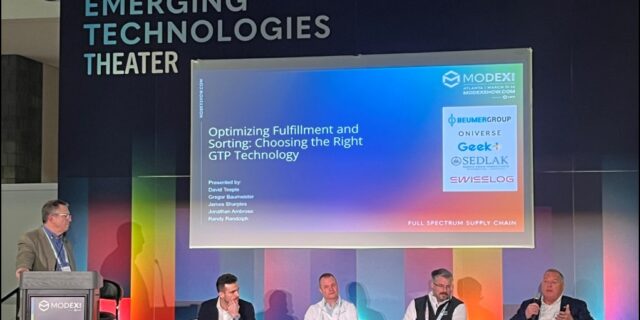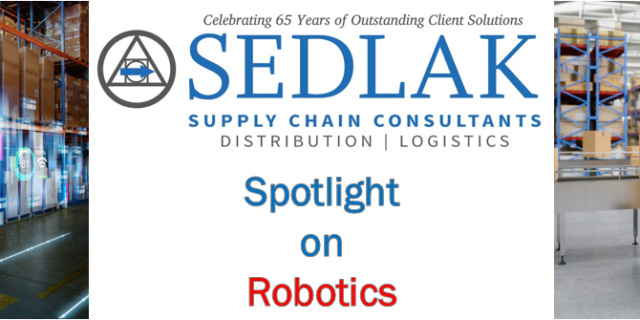Supply Chain IT in Healthcare: Staying in the Eye of the Storm
March 10, 2014 By: Senior Management | Topics: Healthcare, IT SolutionsBy now we’ve heard the colorful analogies regarding healthcare, and we’re probably all guilty of using some of them once in a while. Here at Sedlak, we like the weather comparisons – the Healthcare Perfect Storm, the Healthcare Tsunami and my favorite – Hurricane Healthcare. (Be warned…since we’re in Cleveland, Ohio, we’re doing our best to find some “lake effect” analogy!)
For years now in most industries, logistics and supply chain processes and technology have been at least somewhat linked and, more often, closely integrated. But if healthcare is a hurricane, what are we logistics and supply chain folks to do?
One thing is sure – we have to adapt.
In highly changing environments like healthcare, the organizations that are most successful in the long term are the ones that learn how to adapt and evolve. And we have to design that adaptability into our processes and systems. In today’s world, adaptable means resilient. In the logistics and supply chain arena adaptability shapes execution – ensuring patients get the products they need for favorable medical outcomes, keeping the right items in stock, getting product out the door and meeting delivery requirements. To achieve this we must engage in planning – forecasting future demand and material flows, providing capacity ahead of need, delivering customer service and managing risk, no matter what the weather (all at acceptable costs).
Most of the time, it’s better to stay out of the path of a hurricane. However, with the tumultuous state of healthcare today, it is reasonable to set a strategy to head right into the “eye of the storm.” There’s certainly risk and effort in that, but ignoring the weather around you is also inherently risky. Once you’re in the eye, conditions become calm and clear and you can more easily move with the storm.
While the analogy applies to all logistics/supply chain applications, let’s focus on Warehouse Management Systems (WMS). In the past, a lot of companies in the healthcare value chain wouldn’t worry too much about their WMS applications. But today, with changing product volumes due to the patent cliff and the explosion of generics, the increase in specialty handling requirements (controlled substances, temperature control, etc.), continued security needs, track and trace/UDI requirements and all of the other complexities, a WMS application that can easily adapt to frequent changes in business needs is more important than ever.
Depending on the state of your current WMS, it might make sense to chart a path forward. Many WMS applications were custom built; others were commercial-off-the-shelf (COTS) when they were acquired but have been altered into something that simply can’t be upgraded. In these cases, more preparation time and effort is definitely required, but fortunately there are a few warehouse control system (WCS) applications that can work with your existing WMS and provide the flexibility and control your operations need, with relatively low risk. Others have newer, configurable applications that can be easily configured to meet changing business needs.
If a whole new WMS application is the chosen approach, the good news is there are lots of options. It just takes some thought and time to select the right application (based on both current and future business requirements). Keep in mind, though, it’s possible to select the wrong application (or, at least not the best one). Depending on your needs, for example, some ERP-based WMS applications work well, while others…not so much. The same holds true for the “best of breeds.” The challenge with best of breed applications is often not their functionality, but other factors like ease of integration, implementation support and even the vendor’s financial stability.
Healthcare is changing in a way that increases the voice of the customer (aka, the patient). All good supply chains quickly adapt and respond to changing customer needs. If our supporting applications don’t adapt as well, we will end up back in the thick of the storm.
Sedlak is a nationally recognized, premier WMS consultancy and systems integrator. Our expertise covers an extensive range of services through the entire WMS project lifecycle and our seasoned professionals provide “hands-on” resources to complement an implementation at any stage.
We hope that you will find the insights contained in this series helpful to your business. If there is any way we can be of assistance with your WMS or information systems needs, please feel free to contact us by filling out the form below.





